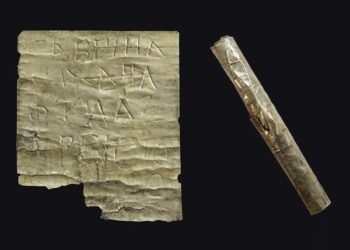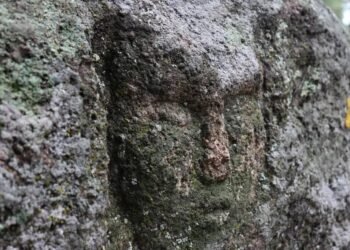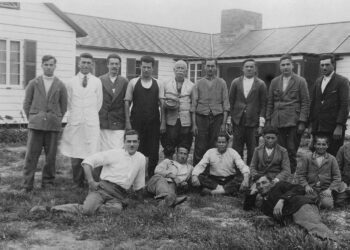Archaeologists from the National Institute of Anthropology and History (INAH) have unearthed a stone box containing ceremonial offerings during excavations at Temple “I,” also known as the Great Basement, within the Tlatelolco archaeological zone in present-day Mexico City.
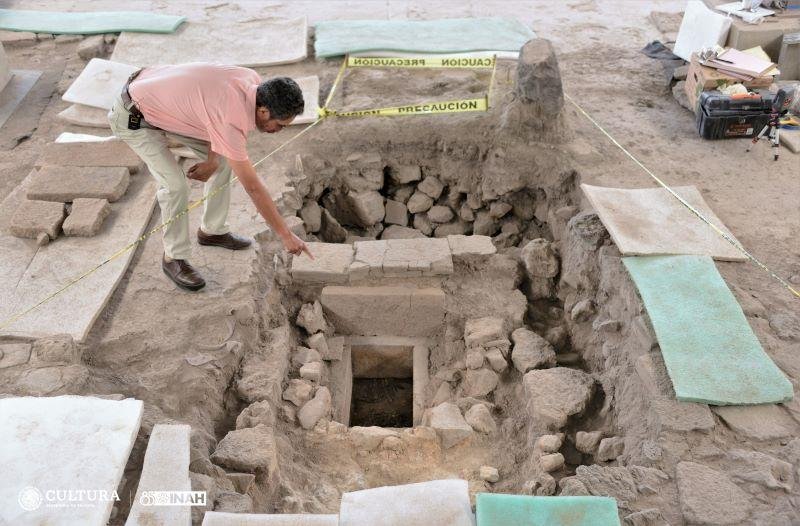
This zone, once a pre-Columbian altepetl or city-state, was inhabited by the Tlatelolca people, who were Mexica Nahuatl-speaking and settled in the region during the 13th century. Tlatelolco served as the sister city to Tenochtitlan, providing refuge to its inhabitants during the Spanish siege led by Hernán Cortés.
The find, commemorating 80 years of exploration in the area, consists of a stone box containing ceremonial offerings placed between CE 1375 and 1418 to consecrate an architectural expansion of Temple “I”, also known as the Great Basement.
Inside the stone box, archaeologists found 59 pocket knives, 7 obsidian knives, and copal blocks, items used for acts of self-sacrifice by Tlatelolca priests and high-ranking officials.
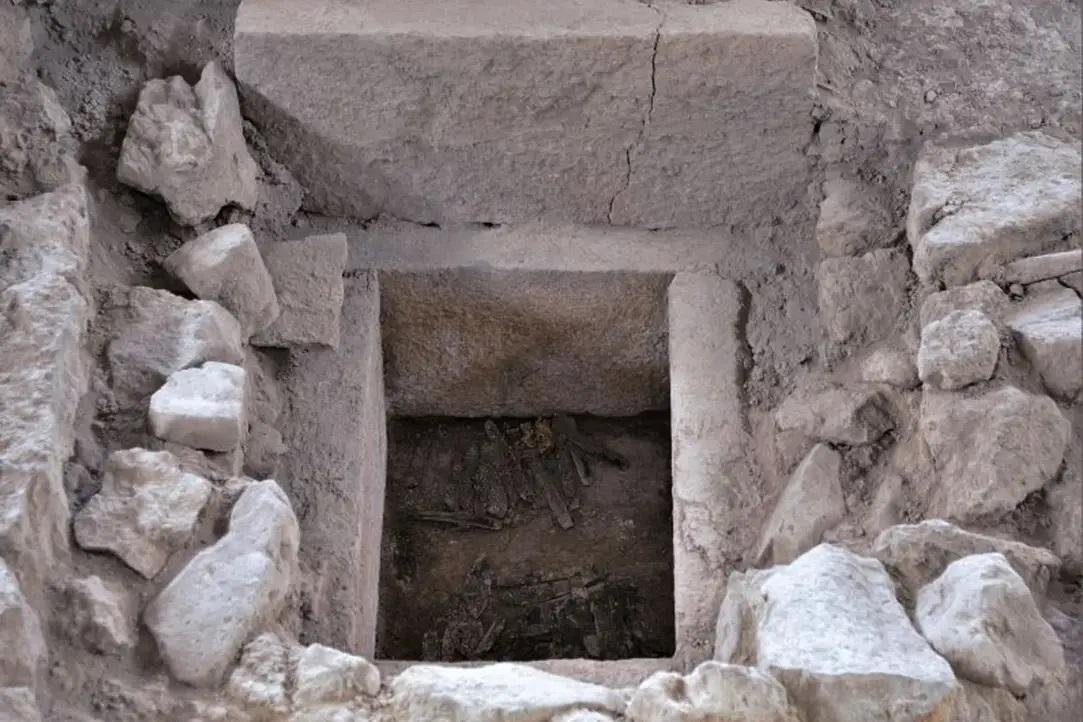
This significant finding is part of the conservation efforts of the Tlatelolco Project, initiated in 1987 by archaeologist Eduardo Matos Moctezuma. The project aims to compare Tlatelolco with its sister city, Tenochtitlan, through archaeological remains.
The Great Basement, equivalent to Tenochtitlan’s House of the Eagles, is believed to have served as a place of worship for the Tlatelolca military elite, possibly dedicated to the Black Tezcatlipoca. This structure is an essential component in the ritual life of the ancient Tlatelolca, according to Salvador Guilliem Arroyo, director of the project.

Francisco Javier Laue Padilla and Paola Silva Álvarez, leading the excavation, describe the meticulous process of uncovering Offering 29, detailing the layers of construction material and the arrangement of objects within the stone box.
The ongoing excavations continue to yield new discoveries, including Offering 28, linked to the intensive burning of ceramic griddles, and numerous burials, many of which are victims of the 1833 cholera epidemic.







